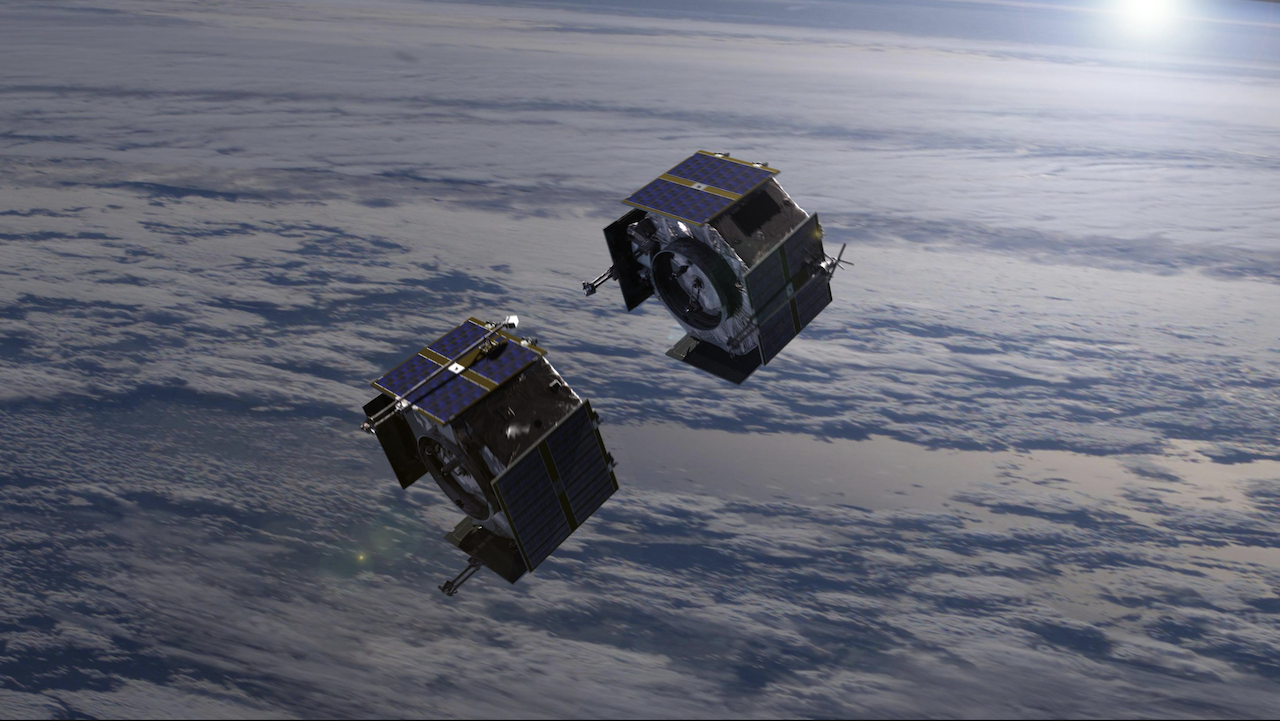Current Projects
FEEPS
Prof. Jaynes has worked on the Fly's Eye Energetic Particle Sensor, also known as FEEPS, a detector system mounted on the Magnetospheric Multiscale Mission (MMS). The primary job of FEEPS is to obtain nearly instantaneous all-sky measurements of how many electrons of different energies and different arrival directions are present. The instrument relies on solid state detectors made of silicon. There are two FEEPS instruments per spacecraft, and together they provide 18 views in different directions simultaneously, giving rise to the "fly's eye" in the instrument's name.
The Magnetospheric Multiscale Mission consists of four identical satellites that orbit the Earth through the dynamic magnetic system surrounding the planet. These satellites study magnetic reconnection, a phenomenon where magnetic field line geometries reconfigure themselves, explosively releasing large amounts of energy in the process. These satellites travel through regions of the magnetosphere where magnetic reconnection is known to occur, and will provide the first three-dimensional perspective of a process that occurs throughout the universe.
More information on FEEPS and MMS can be found here.
Van Allen Probes
Prof. Jaynes has worked with the Van Allen Probes mission, formerly known as the Radiation Belt Storm Probes Mission, or RBSP. The Van Allen Probes are meant to study the Earth's radiation belts, discovered by the University of Iowa physicist James Van Allen. The Van Allen probes are designed to help understand the influence of the Sun on the Earth and near-Earth space and the dynamic space weather that occurs there. More information on the Van Allen Probes mission can be found here.
ECT Instrumentation Suite and the Van Allen ProbesProf. Jaynes is a co-investigator on the REPT telescope on the ECT (Energetic Particle, Composition, and Thermal Plasma) instrumentation suite aboard the Van Allen Probes. ECT measures directly near-Earth space radition particles to understand the processes that control the acceleration, global distribution, and variability of radiation belt electrons an ions. The instruments that make up the ECT instrumentation suite include the high, medium, and low MagEIS (Magnetic Electron Ion Spectrometer) instruments as well as REPT, the Relativistic Electron Proton Telescope, and the HOPE (Helium Oxygen Proton Electron) mass spectrometer. The MagEIS instruments use magnetic focusing and pulse height analysis to study electrons between 30 keV and 4 MeV as well as ions between 20 keV and 1 MeV. The REPT instrument is a detector comprised of layers of silicon that allow researchers to analyze higher energy electrons of between 4 and 10 MeV and protons witn energies between 20 and 75 MeV. The HOPE mass spectrometer allows researchers to measure electrons, protons, and ions of helium and oxygen using an electrostatic top-hat analyzer and time-gated coincidence detectors. More information on the MagEIS instruments, REPT, and HOPE can be found here, here, and here.
LAMP Sounding Rocket
Prof. Jaynes is a co-investigator on the Loss through Auroral Microburst Pulsations (LAMP) sounding rocket mission. LAMP will provide the first simultaneous in-situ measurements of pulsating auroral and microburst electron flux along with high frame rate optical images of the aurora. Together, these will allow researchers to determine the spatio-temporal relationship between auroral microbursts, which will in turn allow them to determine if they contain a relativistic radiation belt component. This will help researchers develop their understanding of the coupling of the Earth's Magnetosphere-Ionosphere-Atmosphere system. Due to delays related to COVID-19 LAMP is now projected to launch in the winter of 2021.
GTOSat
GTOSat is a fully-funded NASA 6-U CubeSat mission with the primary science goal of advancing our quantitative understanding of acceleration and loss of relativistic electrons in the Earth’s outer radiation belt. High quality particle and field measurements will enable direct measurement of spectral and pitch angle evolution of the outer radiation belt and calculation of physically significant quantities, such as phase space density (PSD) and its radial gradients, which are necessary to discriminate between radial transport and in-situ modes of electron energization. GTOSat will be the first CubeSat to dwell in the Earth’s radiation belts, in a similar orbit to that of Van Allen Probes
AEPEX CubeSat
The Atmospheric Effects of Precipitation through Energetic X-rays (AEPEX) mission is a 6U CubeSat that will monitor energetic electron precipitation from the radiation belts into the upper atmosphere. The primary instrument will image energetic (50-300 keV) X-rays produced in the atmosphere by bremsstrahlung, providing a near-direct signature of electron precipitation. An energetic electron detector will measure the precipitating electron spectrum, while the X-ray observations will be used to determine the absolute flux. X-ray images will be produced with 10-second time resolution and 50-100 km spatial resolution. The 6U spacecraft uses flight heritage spacecraft bus subsystems, including the attitude determination and control, electrical power, and command and data handling systems. AEPEX is designed to be operated from low-Earth orbit at 500 km altitude with a high inclination in order to cover the outer radiation belt. AEPEX will be the first spacecraft mission to measure X-rays in the 50-300 keV energy range emitted by Earth's atmosphere in response to radiation belt precipitation, and the first to image that precipitation from above. (PI: Bob Marshall, CU)
ESCARGOT Heliophysics Supporting Research Grant
The ESCARGOT project (Event-Specific Chorus Acceleration in the Radiation-belts: Global Observation and Theory) is a NASA H-SR project funded in 2017 to investigate the effects of chorus wave variations on the trapped population of inner magnetospheric particles, and the resulting energy and pitch angle diffusion that shapes the evolution of the ring current and radiation belts. We do this by applying both Van Allen Probes data and sophisticated modeling tools to develop a greater understanding of the event-specific variations of chorus waves under different conditions and our ability to reproduce the diffusive effects of such waves in global simulations. (Co-I's: Anthony Chan, Scot Elkington and David Malaspina)
.
.
.
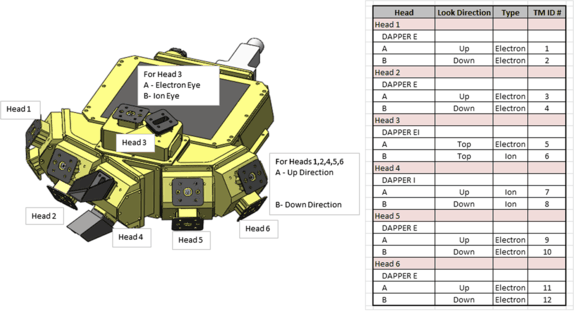
Diagram of the FEEPS Instrument
.
.
.
.

Animation of the Van Allen Probes Orbits
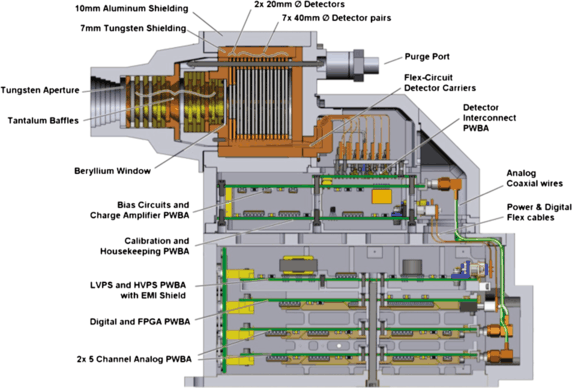
Diagram of the REPT Instrument
.
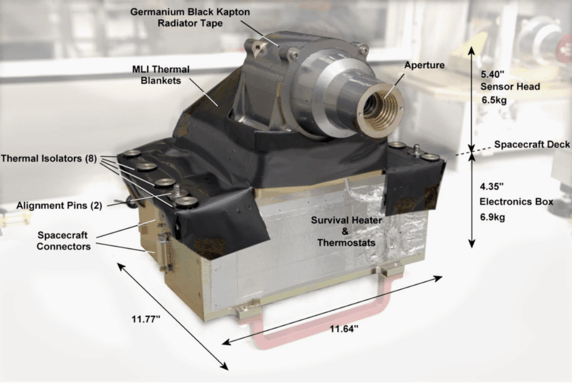
Photo of the REPT Instrument
.
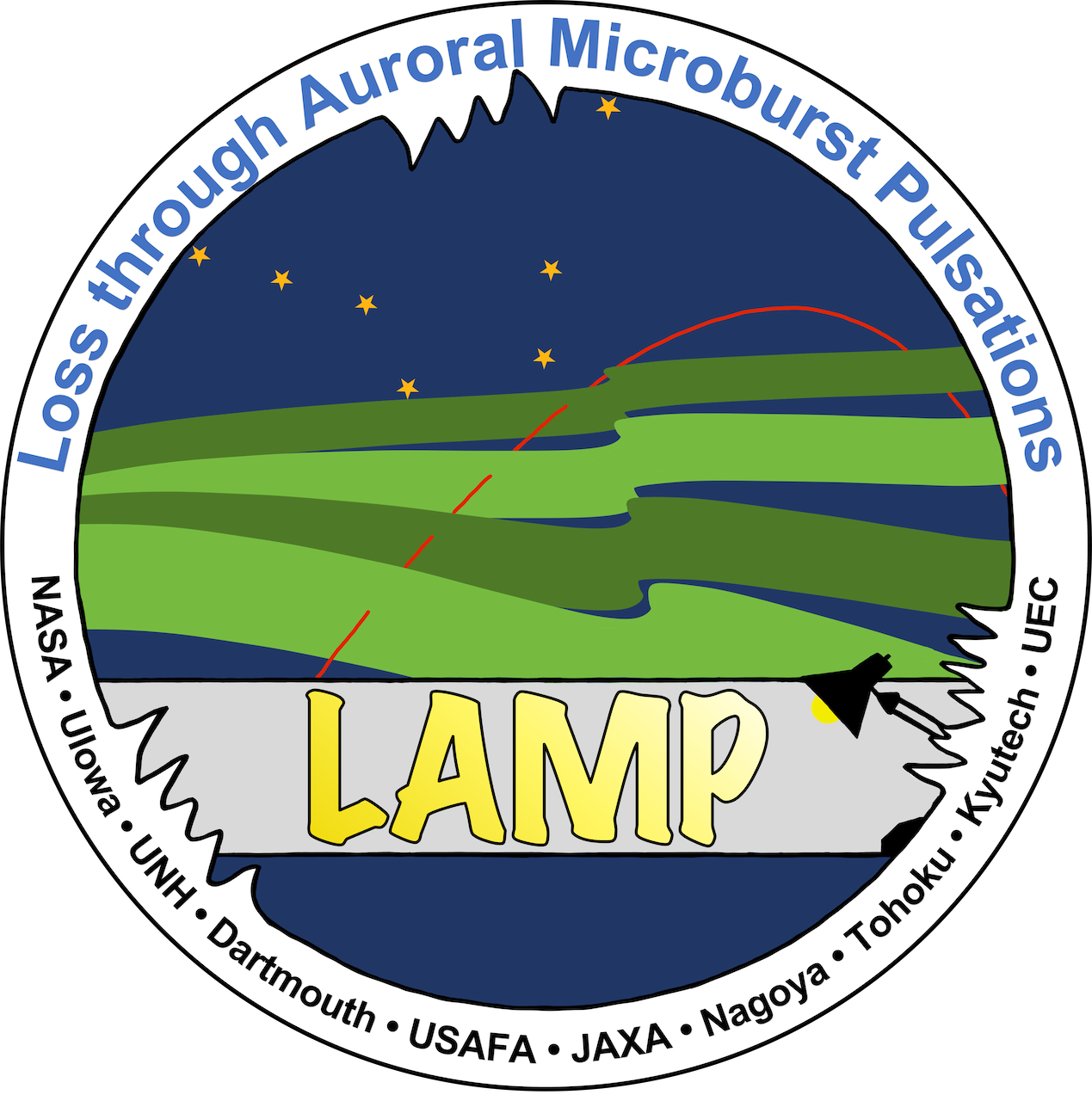
LAMP Mission Logo
.
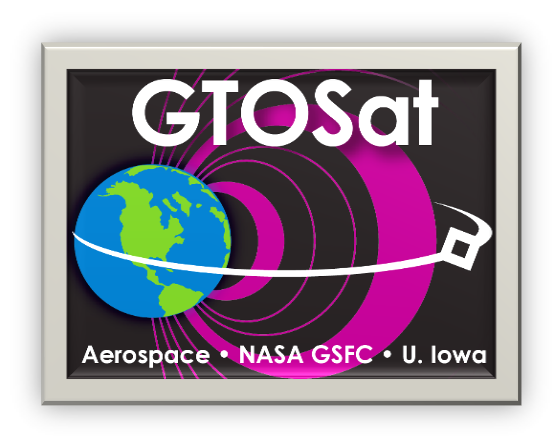
GTOSat Mission Logo
.
.
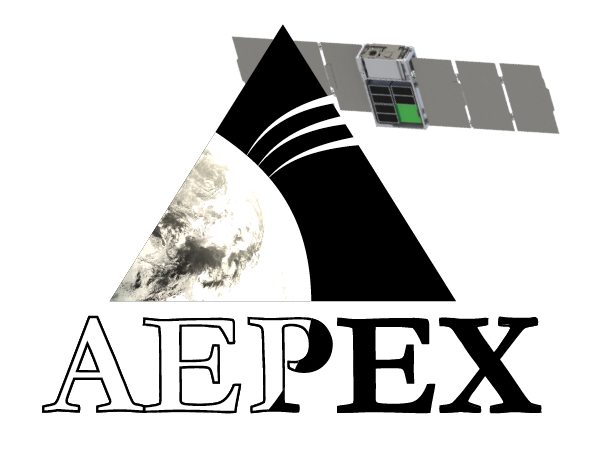
AEPEX Mission Logo
.
.
.
.

Sample ESCARGOT Data
